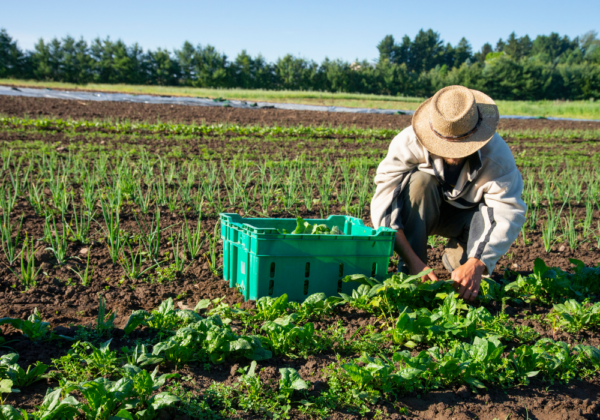In this comprehensive guide, we will explore agricultural land reclamation, from its critical importance to the methods used and the benefits reaped. Whether you are an environmental enthusiast, a farmer, a land clearing company, or just keen to understand how we can foster a sustainable future, this article will provide you with valuable insights.
The Significance of Agricultural Land Reclamation


Furthermore, reclamation efforts can improve the local economy by creating jobs in agriculture and related industries. They can also play a role in stabilizing and revitalizing rural communities, which can suffer when their primary economic activity – farming – is curtailed by land degradation.
Reclaimed lands offer significant environmental benefits as well. Reclaimed areas can aid in mitigating climate change by supporting carbon sequestration and reducing the burden on primary forests and natural parks. These lands also contribute to the stabilization of local ecosystems and can help in water purification and management efforts.
Understanding Agricultural Land Reclamation
Before we dive into the methods of reclamation, it is important to understand its broader context. Agricultural land reclamation is the process of rescuing land from a state of dereliction or degradation and returning it to a state where it can support agricultural activities. Degradation can occur due to various factors, including erosion, deforestation, salinization, and urban sprawl.
The reclamation process involves a combination of physical, chemical, and biological soil improvement techniques. The goal is to create a fertile ground that can support the growth of crops, regenerate pasture, or sustain livestock.
In practice, reclamation can be a complex, long-term endeavor requiring the collaboration of multiple stakeholders, including farmers, land managers, environmental scientists, and policymakers. It often involves legal and economic considerations, especially when reclamation efforts are bound by public policies and regulations.
Methods and Technologies for Land Reclamation
The methods employed for land reclamation can broadly be categorized into three groups: physical, chemical, and biological. Each method addresses a specific aspect of land degradation and can be used alone or in combination with other methods to achieve the desired results.
Physical Reclamation Methods focus on altering the terrain to prevent erosion and degradation. Techniques include terracing, contour plowing, and building physical barriers such as dikes and levees to control water flow and soil movement.
Chemical Reclamation Methods involve the application of chemicals to adjust soil pH, nutrient levels, and structure. This may include liming to reduce soil acidity, or the application of fertilizers and soil amendments to improve nutrient content and moisture retention.

Biological Reclamation Methods harness the power of vegetation and microorganisms to restore the land. This includes planting cover crops to prevent soil erosion, introducing nitrogen-fixing plants to improve soil quality, and using bioremediation techniques to remove pollutants from the soil.
Advancements in technology have also led to innovative methods for agricultural land reclamation, such as precision agriculture, which uses data-driven approaches to optimize farming practices and environmental restoration. Additionally, drone technology can now provide accurate and timely monitoring of reclamation projects, helping to assess progress and make necessary adjustments.
Assessing Success and Long-Term Monitoring
Ensuring the success of agricultural land reclamation efforts involves extensive monitoring and assessment. Success indicators can range from soil quality tests to satellite imagery tracking vegetation growth over time. Long-term monitoring is essential to detect any signs of degradation and implement corrective measures promptly.
Remote sensing technologies, such as satellite and drone imagery, have revolutionized the ability to monitor large tracts of land efficiently. These tools can provide real-time data on soil moisture, nutrient levels, and vegetative cover. Ground surveys, including soil sampling and plant species inventories, further complement remote sensing data, providing a comprehensive understanding of the reclamation site.

